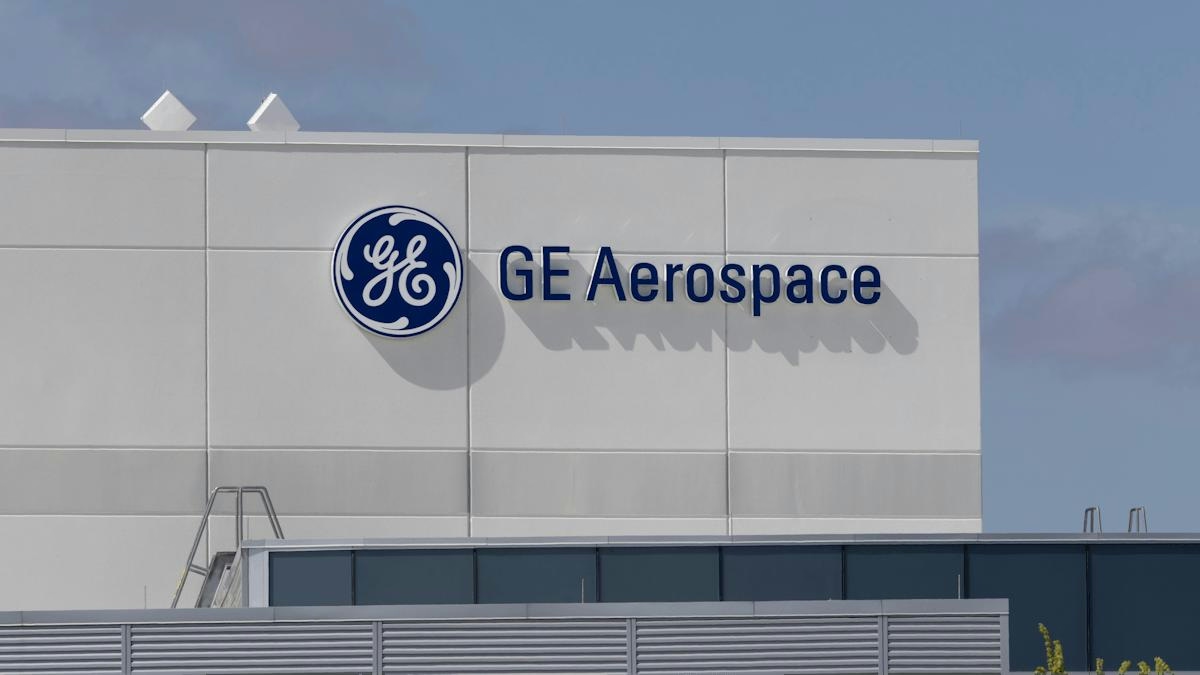
AeroGenie — あなたのインテリジェントな副操縦士。
現在のトレンド
Categories
Russians Test AN-2 Aircraft Using Mi-8 Helicopter Engine

Russians Test AN-2 Aircraft with Modified Mi-8 Helicopter Engine
Flight Tests and Engine Adaptation
Flight trials have commenced near Yeysk in Russia’s Krasnodar Territory for a modified AN-2 aircraft powered by a turboprop engine adapted from the TV2-117, originally designed for Mi-8T helicopters. The inaugural flight of this new variant, designated TR-301/117, took place on October 1 and lasted approximately ten minutes, according to reports from the Telegram channel VZLET.
The engineering team at Technoregion, known for its ongoing efforts to upgrade the AN-2’s propulsion systems, reconfigured the TV2-117 engine by converting it into a single-shaft turboprop. This modification involved removing the free turbine and directly linking the gearbox to the compressor. Consequently, the engine’s power output was reduced by 40 percent, from 1,500 to 900 horsepower. Despite this decrease, Technoregion maintains that the TR-301/117 surpasses previous engine upgrades, such as the Czech M601, which produces 720 horsepower.
Aircraft Design and Certification Status
The TR-301 represents a lightweight iteration of the AN-2, distinguished by a reinforced upper wing supported by tubular struts and the absence of the lower wing. According to Rosaviatsia, Russia’s civil aviation authority, nine of these aircraft currently hold airworthiness certificates, with sixteen units officially registered.
Technoregion’s experimentation with alternative engines for the AN-2 has included the Czech M601, the helicopter GTD-350, the automotive ZMZ-409, and a diesel engine from KAMAZ. Among these, the TV2-117 has emerged as the most promising candidate for further development and potential widespread adoption.
Challenges and Industry Context
The project faces significant challenges, particularly in terms of the extensive testing and certification required for repurposing a helicopter engine for fixed-wing aircraft use. Regulatory approval is further complicated by international sanctions that have increasingly restricted Russia’s aviation sector, limiting access to foreign technology and certification processes. These sanctions have contributed to a contraction of the Russian commercial fleet, heightening the urgency for domestic solutions while raising concerns about long-term reliability and maintenance support.
Market responses to the AN-2 modification have been mixed. Some industry experts express skepticism regarding the performance and dependability of adapting a helicopter engine for fixed-wing applications. In response, competitors are accelerating their own engine development initiatives. Notably, President Vladimir Putin has emphasized the rapid advancement of the PD-26 engine, reflecting a broader governmental push to develop indigenous aviation technologies amid ongoing geopolitical pressures.
As Russia’s aviation industry navigates these constraints, the outcome of the TR-301/117 project could significantly impact domestic fleet renewal efforts and Russia’s standing in the international aviation market. However, the project’s success will depend on overcoming technical, regulatory, and market acceptance challenges in an increasingly complex environment.
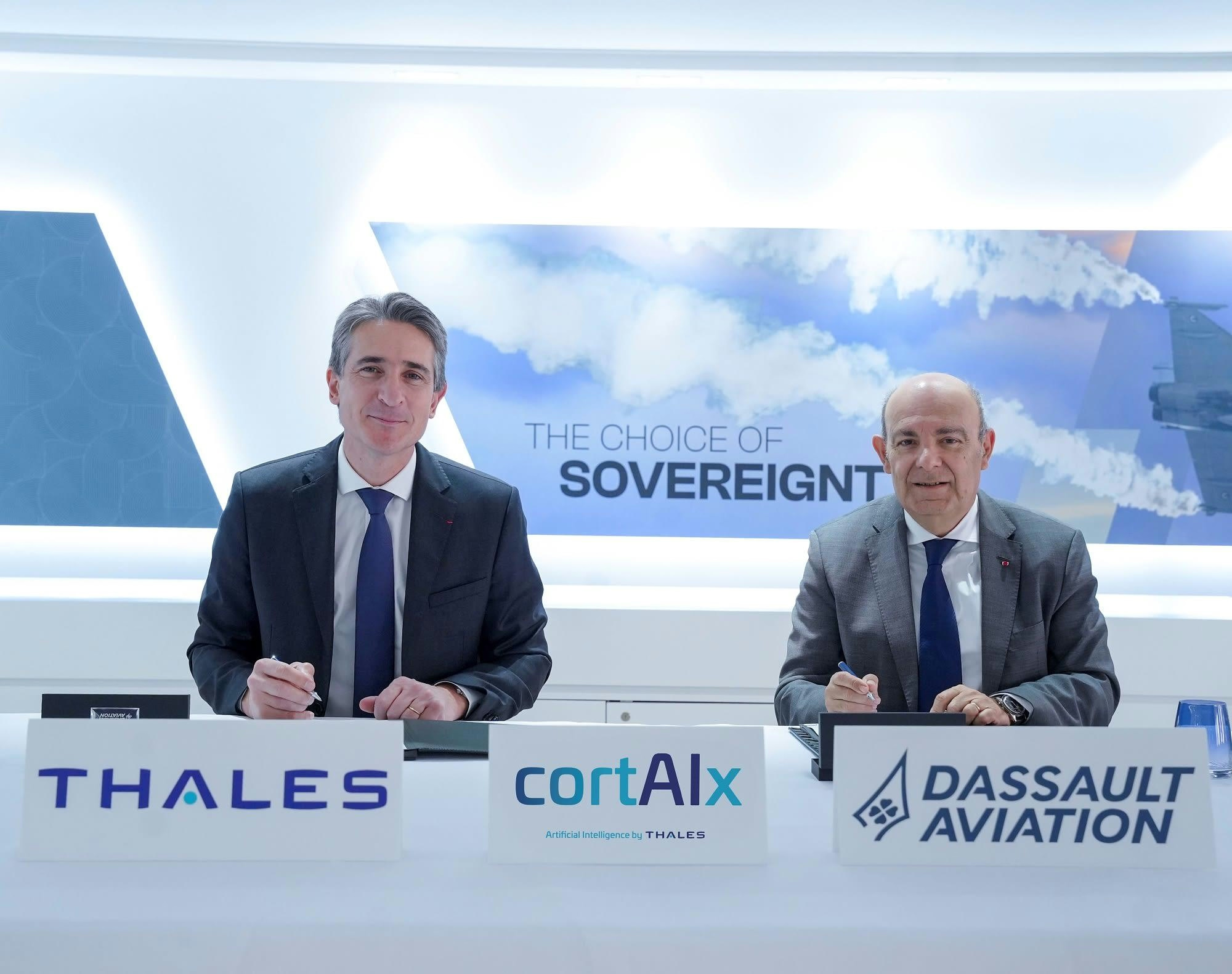
Dassault Aviation and Thales Partner on AI for Future Air Combat
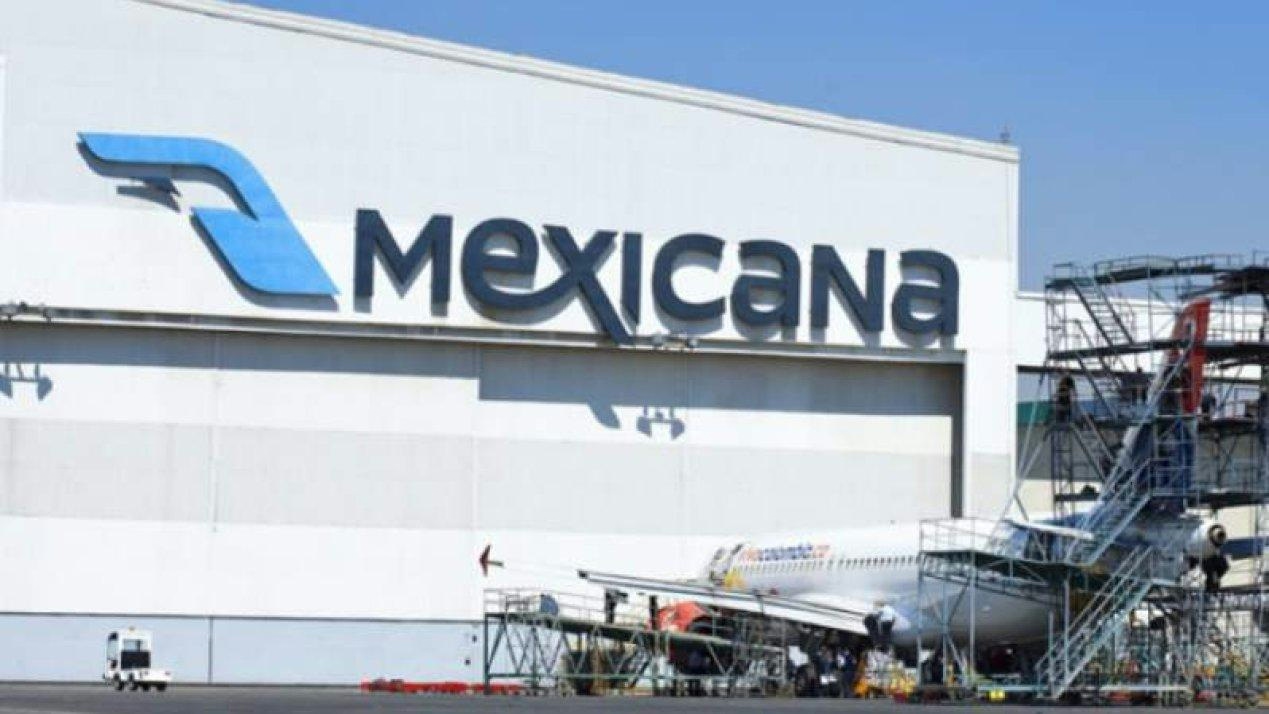
Mexicana MRO Deal Stalls Pending Banorte Extension Approval
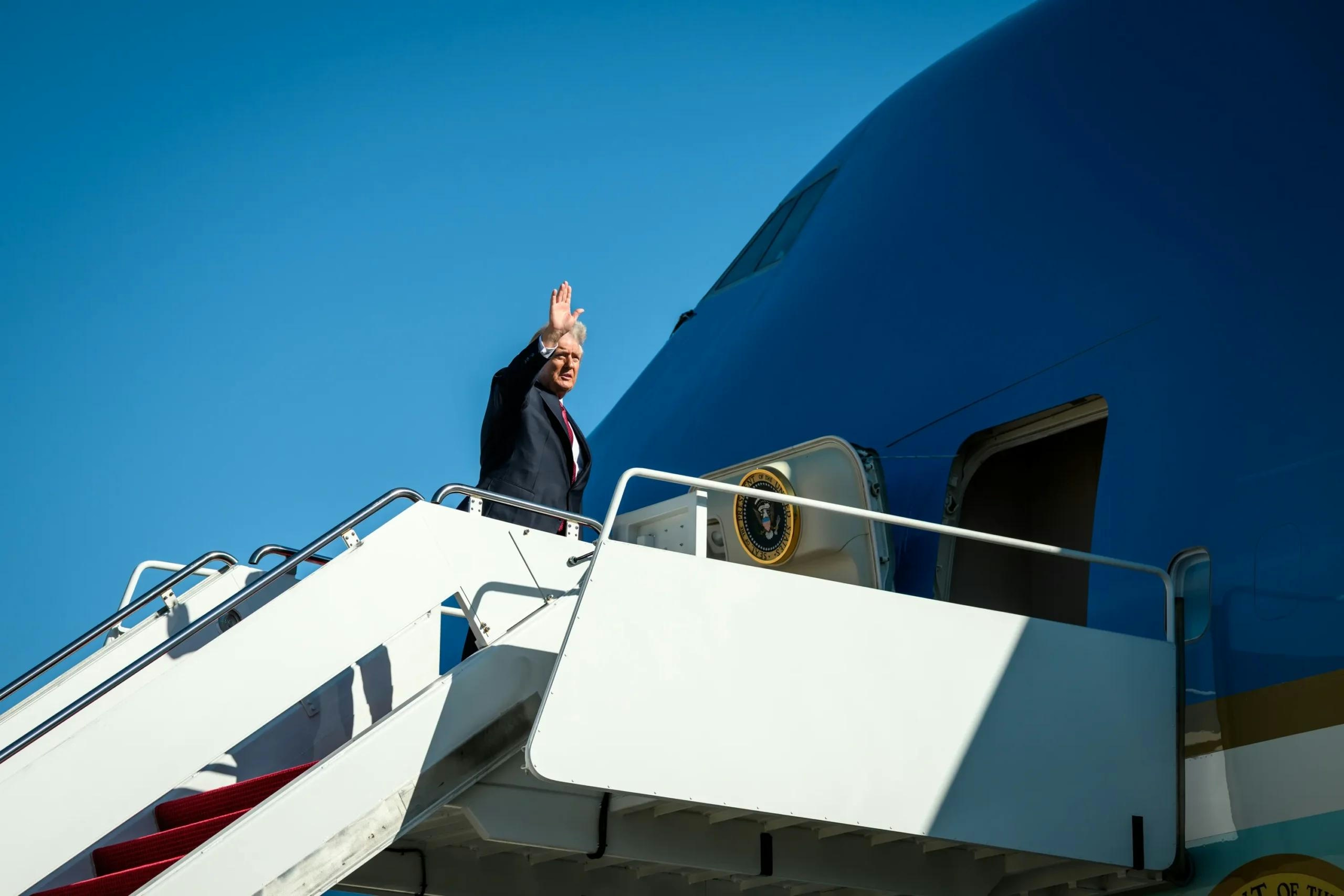
Trump's Policy on DEI Raises Concerns Over Aircraft Mechanic Training
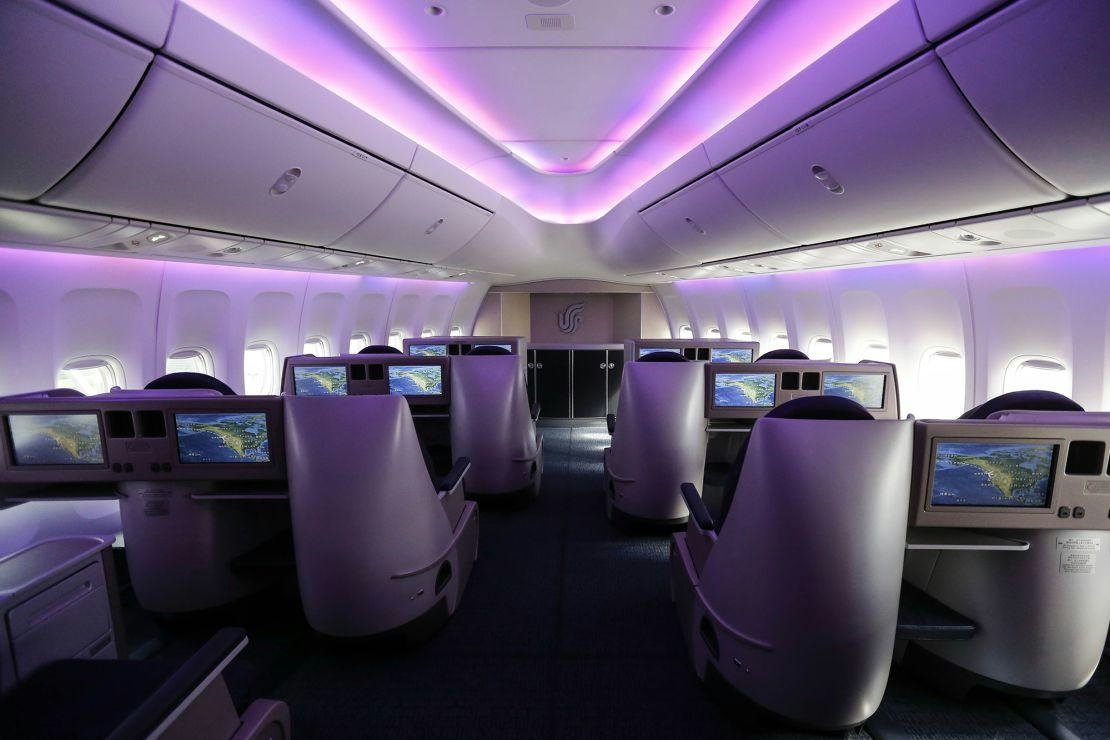
Why Boeing’s 747 Lacks a Full Second Deck Unlike the Airbus A380

Deutsche Aircraft Appoints Ernst-Georg Schröder Manager of Final Assembly Line for D328eco
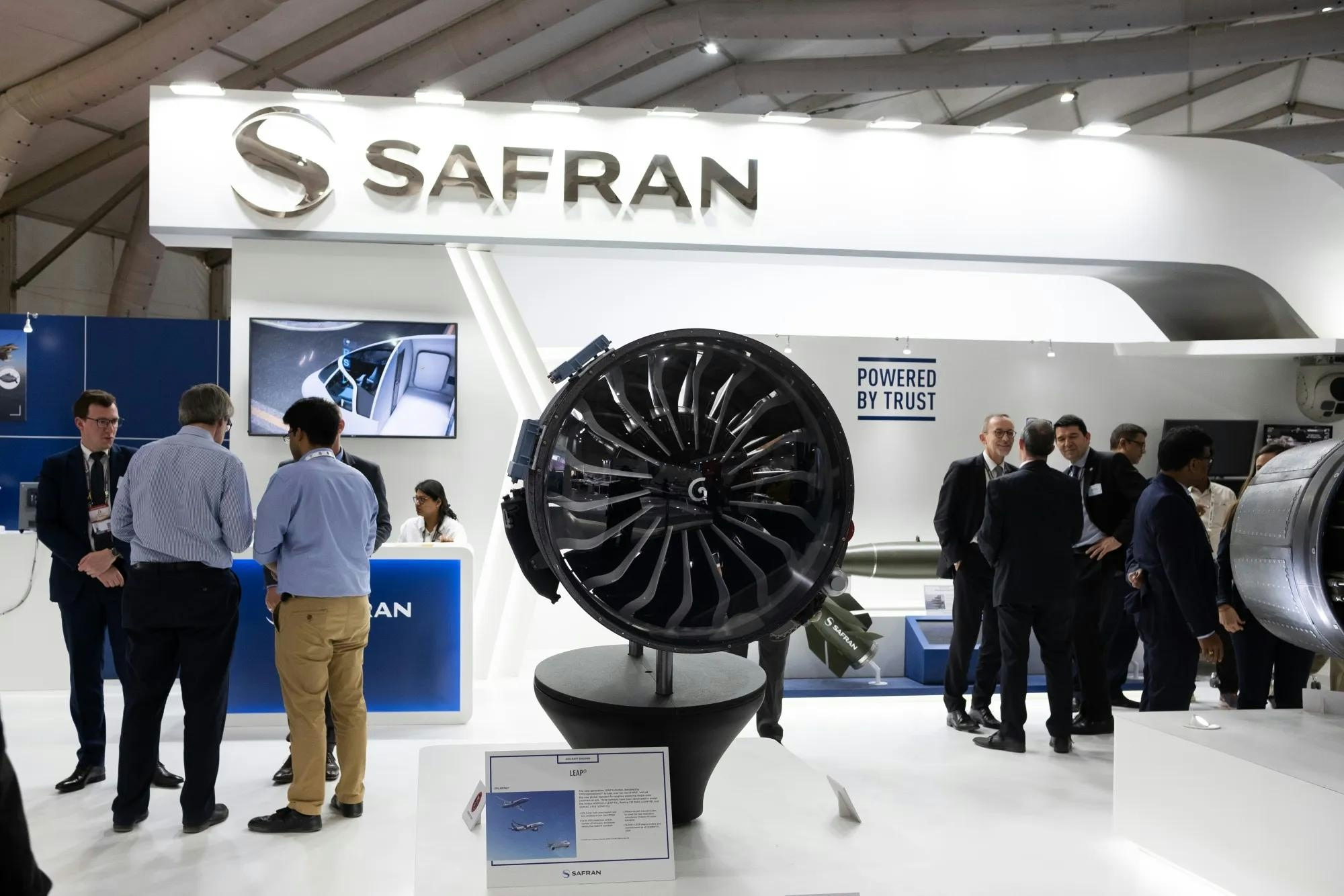
PM to Inaugurate Safran Aircraft Engine Services Facility in India on November 26
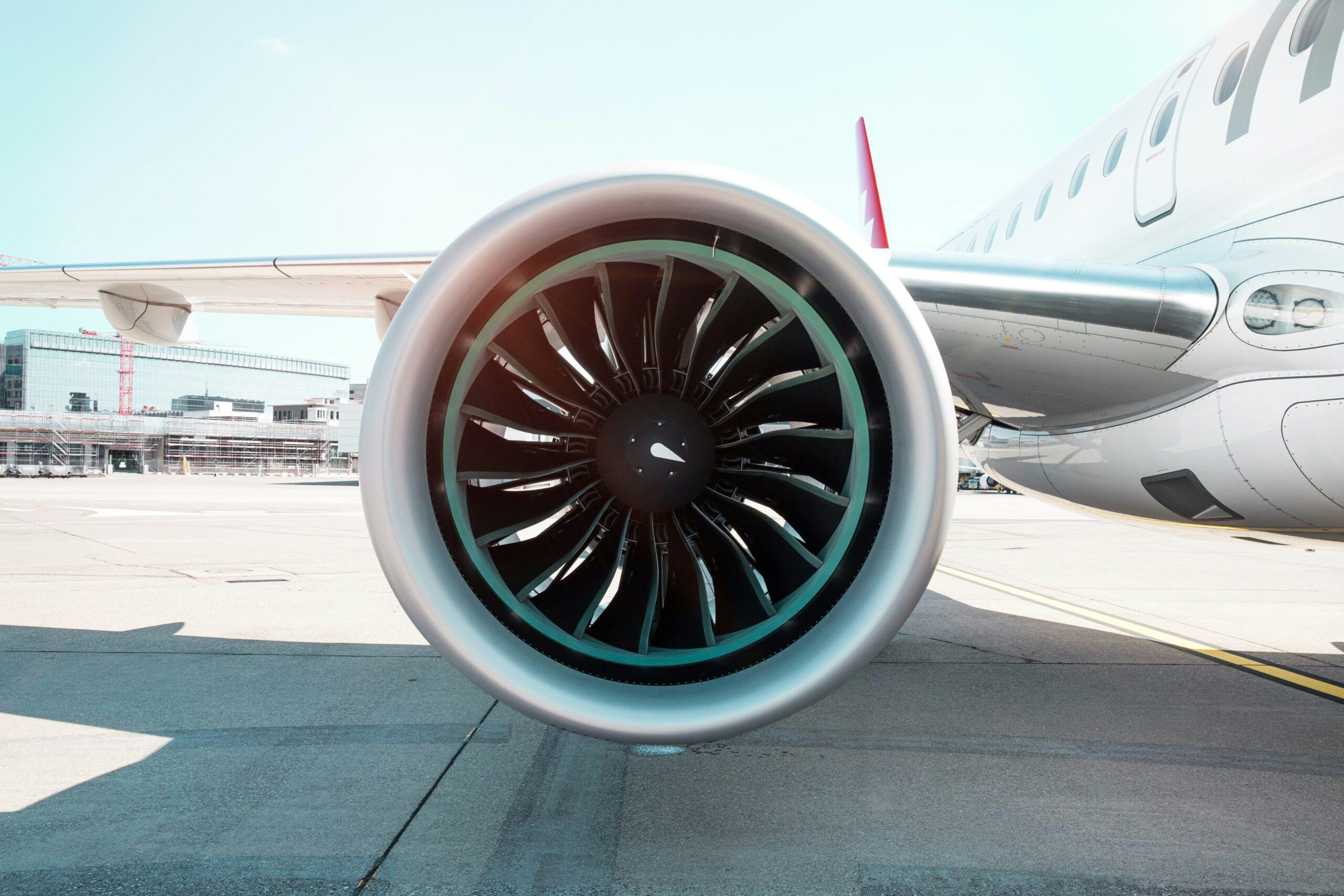
Leading Companies in Aviation Artificial Intelligence: Airbus, Amazon, Lockheed Martin, Tata Power, Thales
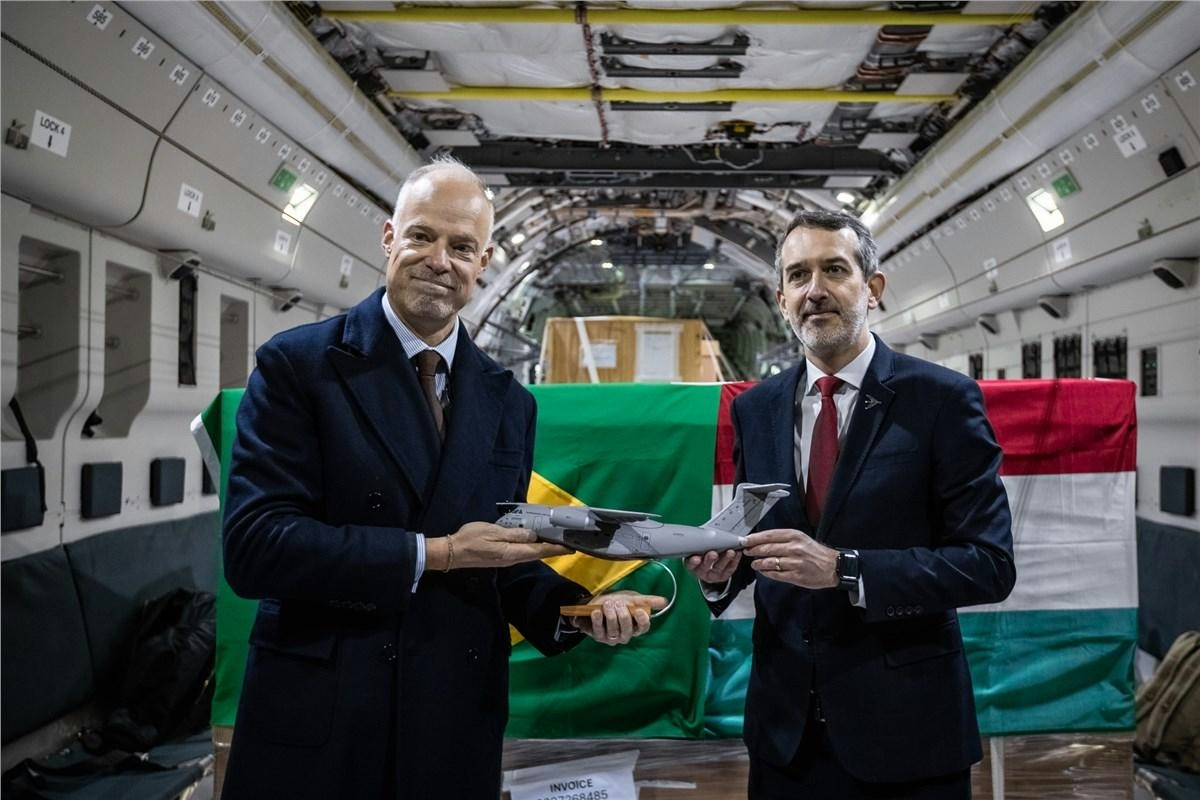
Embraer and ILIAS Partner to Enhance Military Fleet Management
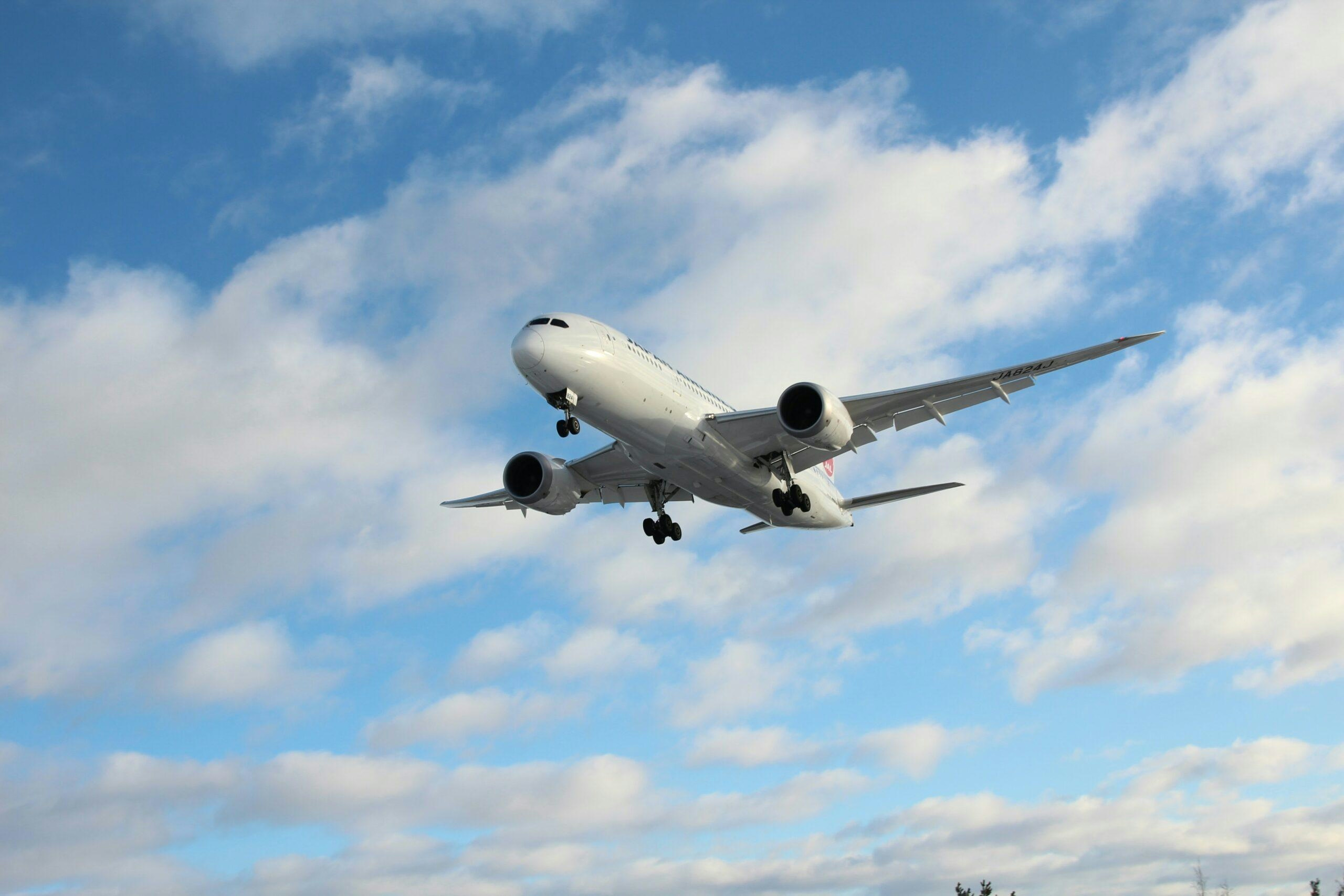
Warburg Pincus Acquires Hong Kong-Based Topcast Aviation Supplies
